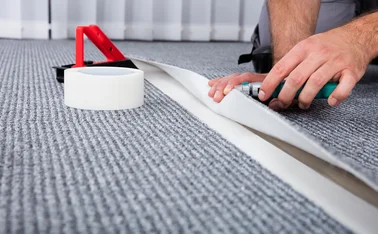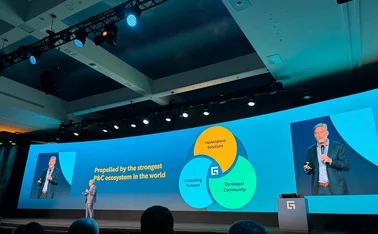
Legal: Catastrophic injury cases need greater transparency

Since 1999 there has been a continuous effort to make personal injury litigation more efficient and more economical but the same is not true for transparency.
Since the Woolf reforms came into effect in 1999, there has been a continuous effort to make personal injury litigation more efficient, more economical and more transparent for the parties involved.
Efficiency has been driven by the courts' more robust response to default, in compliance with procedural rules or the timetable set for the claim to progress to trial. Economy has been sought by a combination of fixed costs, costs' budgeting and proportionality.
Poker face
However, it cannot be said that in catastrophic injury cases the same progress has been made when it comes to transparency. Pre-action protocols require the parties to exchange information, with a view either to avoiding litigation, or limiting the issues if proceedings cannot be avoided. Many defendants complain that claimant lawyers hide their cards and, when forced to reveal them, do everything possible to keep them face down for as long as possible. The problem with personal injury claims is that the claimant is often the only source of the information required by the defendant in order to value the claim.
Even when cases come under the management of the court, the time allowed for the disclosure of documents has been lengthy. Notwithstanding the head start that the claimant has had with their preparation, the standard order has been for experts' reports to be disclosed on a mutual basis.
A fresh approach
It was, therefore, refreshing and hopefully a sign of things to come that at a recent case management hearing, the Master - that is the first tier of judge in the High Court, or a District Judge in cases heard outside of London, responsible for dealing with all aspects of an action - was prepared to adopt a different approach.
The claimant in the ongoing case of M v S (2016) had suffered a severe traumatic brain injury, an amputation of a leg, multiple fractures and various internal injuries. As a result, he will require 24-hour care for the rest of his life. The claimant was undergoing rehabilitation, which was to include a trial of independent living, and was looking for a suitable property to move into.
Horwich Farrelly's first concern was to keep track of what progress the claimant was making with his rehabilitation. We sought bimonthly disclosure of a wide range of notes and records created by the treating professionals. The claimant argued that some of the disclosure required was unnecessary and that, in any event, the frequency of disclosure was too onerous. The Master disagreed: he saw no reason why most of the documents required should not be disclosed, but on a quarterly basis.
In relation to experts' reports, the Master ordered sequential, rather than mutual exchange. The claimant argued that sequential exchange would give the defendant ‘two bites at the cherry', by seeing the claimant's evidence before his experts reported. However, the Master accepted that sequential exchange held out the prospect of reducing costs. Rather than the defendant being committed to obtaining and disclosing up to 10 experts' reports, he could consider where agreement might be reached and potentially reduce the number of experts required.
And any suggestion that the defendant's experts would gain an unfair opportunity to criticise the claimant's experts failed to take account of the fact that experts in these cases take their duty to the court very seriously.
Moreover, the Master accepted that mutual exchange would mean that the defendant would gain no further meaningful knowledge of the case he faced until he received the claimant's reports after a lengthy period of rehabilitation. Only then could he seek his experts' comments.
A pragmatic approach for the future
It is to be hoped that other case management judges will adopt this pragmatic approach, which must surely be seen as advancing the overriding goals of ‘ensuring that the parties are on an equal footing; saving expense; dealing with the case in ways which are proportionate'. It also seems consistent with the recent recommendations of the Civil Justice Council's Civil Litigation Review Working Group's recommendations. Published on 1 August, these recommendations call for a shakeup in how expert evidence is given in court, with a greater use of ‘hot-tubbing' and experts giving their evidence concurrently.
Only users who have a paid subscription or are part of a corporate subscription are able to print or copy content.
To access these options, along with all other subscription benefits, please contact info@postonline.co.uk or view our subscription options here: http://subscriptions.postonline.co.uk/subscribe
You are currently unable to print this content. Please contact info@postonline.co.uk to find out more.
You are currently unable to copy this content. Please contact info@postonline.co.uk to find out more.
Copyright Infopro Digital Limited. All rights reserved.
As outlined in our terms and conditions, https://www.infopro-digital.com/terms-and-conditions/subscriptions/ (point 2.4), printing is limited to a single copy.
If you would like to purchase additional rights please email info@postonline.co.uk
Copyright Infopro Digital Limited. All rights reserved.
You may share this content using our article tools. As outlined in our terms and conditions, https://www.infopro-digital.com/terms-and-conditions/subscriptions/ (clause 2.4), an Authorised User may only make one copy of the materials for their own personal use. You must also comply with the restrictions in clause 2.5.
If you would like to purchase additional rights please email info@postonline.co.uk








